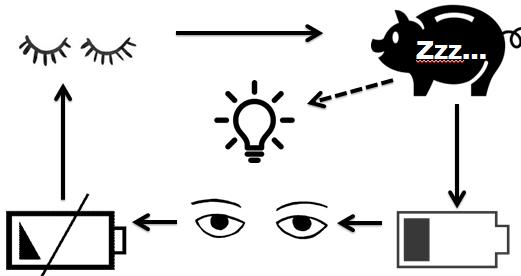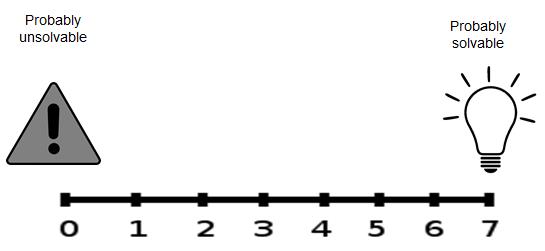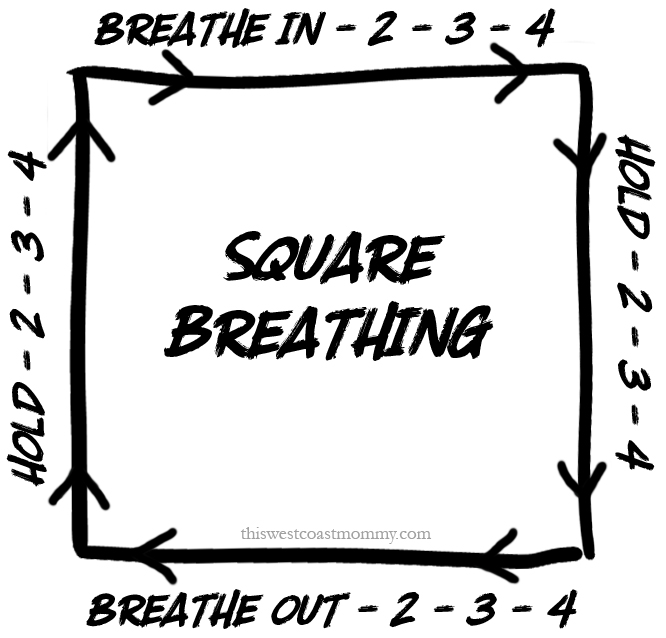
A guest blog by Vanessa Longley.
In my last blog I explained the connection between a good night’s sleep and increased productivity and creativity. Here’s where I explain how it all works.
Imagine you have an account at the Sleep Bank. Every night you invest your sleeping hours and your balance increases. And every day you ‘spend’ this value in staying awake and being productive. So, by the end of each day you need more sleep to keep your balance in the black! If you keep a positive balance, then the Sleep Bank pays you interest in the form of creativity – quality sleep leads to increased creativity.

However, when we spend more in being awake and productive than we earn by accumulating quality sleep then we end up going into the red and managing a ‘sleep debt’. If you are in sleep debt, then you are not getting your creativity interest payments. Using the techniques discussed below will help you effectively increase the quality of your sleep and increase your creativity – to give you great ideas from a better night’s sleep.
Dispelling the myths
People are understandably very protective about their sleep and especially their dreaming! Getting great ideas from a better night’s sleep is not about creating a 24-hour working day – in fact these techniques help to improve the quality of your sleep whilst boosting creative ideas in the day. It’s also not about Freudian (or Jungian) understanding of your dreams! This is about neuroscience not psychoanalysis.
5 steps to great ideas from a better night’s sleep
There are countless stories of insights in sleep solving the problems of the waking world…but practically where do we start
1.Preparing to sleep
As a society many of us have forgotten how to get ready to sleep. We need to stop thinking of ourselves as complex computers that can just be switched off at night. Instead we need to take some time to prepare to sleep. Make good sleep a good habit by keeping your bedtime reasonably regular, be sure to turn off screens an hour before sleep, keep bedrooms cool, dark and quiet – or just follow nine ways to a great night’s sleep:
2.Purpose
If you want your brain to help you solve a problem creatively at night – you need to know the problem you want to work on. Choose any challenge you’d like to find a solution for. It can be complicated or easy – but it has to be something somewhat in your control (not how to bring about world peace please). Now write it down in a notebook.
How solvable do you feel this problem is? Mark it on the scale in the notebook. This is entirely subjective – we don’t need to know how tricky other people are finding this issue – this is all about your challenge, and the solutions you can find. So, what might be a 2 for you might be a 7 for others.

Now practise these incubation exercises, spending no more than 5 minutes completing one of the following:
- Rephrase your challenge by writing it as a paragraph starting ‘how might’ or ‘how to’
- Summarise your challenge as a simple single sentence
- Focus on your challenge by rewriting it considering every word
3.Relaxation
Stating the obvious – if you are not relaxed you will not get a good night’s sleep! Remember your brain is not a computer and sleep isn’t an off switch. You need to give your brain permission to relax into sleep. There’s a million ways to do this – but one of the simplest is focussed breathing. This isn’t all about meditation and Buddhist chanting – this is science.
Dr Alan Watkins – physician and neuroscientist is the country’s leading expert on Heart Rate Variability – the higher the variability of heart rate the more hormones you produce that pump into your system affecting how you think and react. But you can control this – and the way you breathe controls whether you pump your system full of adrenalin to keep you awake or GABA for a feeling of peace and serenity! So rather than reaching for your phone to check Facebook before bed, instead after your incubation exercises relax through 2-3 minutes of mindful breathing. If you don’t know how to breathe (!!!) just follow the guide below:

4.Sleep!
There’s no secret trick here. If you’ve followed stages 1-3 then stage four requires no effort on your part.
5.Results
You drift to the surface after a great night’s sleep…what’s the first thing you do? Reach for your phone? Well not anymore. Now before you get out of bed grab your notebook from last night and spend 3 minutes recording your most memorable and vivid dreams from the night. Sketch or write about this dream – include colours, scents, sounds, how you felt – anything that feels meaningful. You are not looking for direct links to the challenge you set yourself (though you may find that obvious connections start showing themselves) you are looking to continue the creative state you were in whilst asleep.
Now recall your work-related challenge from the night before and spend 5 minutes (no more) completing both of these post sleep exercises;
- Solutions: quickly record as many solutions to this work-related challenge as you can
- Support: quickly record what you might need to help solve this work-related problem
Now re-score your problem using the scale below. How solvable do you feel this problem is now? This is still subjective – you are comparing with how you felt about this problem last night not with how other people might feel about it.

Remember we are modelling the sloth. If you don’t see an obvious answer to your problem after the first night – don’t worry – in my research some people took two or three tries before it worked for them. Others didn’t see the connection between their dreams and their work-related problem until they thought about it for a while.
Your take away
You are already immensely creative. Of course, there are techniques to learn and tricks to boost your creativity – but however many training sessions you attend, however many qualifications you get, however many extra hours you do in the office…
Remember you are at your best and most creative when you rest, so chill out, improve your sleep and boost your great ideas…
Vanessa Longley is the Director of Development at YoungMinds, and is currently researching how creative leaders can effectively and affordably develop the fundraising leaders of the future…plus she is working hard on fitting in a solid 8 hours sleep every night.
If you’re looking for more insight, tips and support to get better results check out the Lucidity Network.
The Lucidity Network is designed to help you take the lead in getting the results you want. It’s a pick and mix of online and offline practical tools and advice as well as access to a dynamic network of expertise. We’re open for new members a few times a year. Sign up to the waiting list to be the first to know when the Network is open for new members. In the meantime you can join the Lucidity Community free Facebook group for clearer thinking and better results.

Thank you for your very clear instructions.
Now the challenge is to us to each one of us to actually do it!
I comment on your instructions to prepare to fall asleep. At the end of World War 2, I was a junior in a boarding school ‘half way’ up a mountain in the Lake District. There must have been six girls in my dorm. The others were often excited and wanted to play around after ‘lights out’. I wanted to go to sleep. So, I tried to ‘pretend to be asleep’. That involved relaxing and changing my breathing pattern to mimic sleep, with deeper breaths. That worked, and has meant that I have usually been able to sleep well.
Later as a nurse, I observed the breathing pattern of people sleeping and my current pattern is probably closer to that.
I have not used an alarm clock apart from the occasional necessity, for the past 20+ years, and sleeping aids probably less that once a year.
Now for the ‘get the specific results’ discipline!
Thank you for sharing Genevieve – its always the challenge to actually do it! do let us know how you get on. Lucy